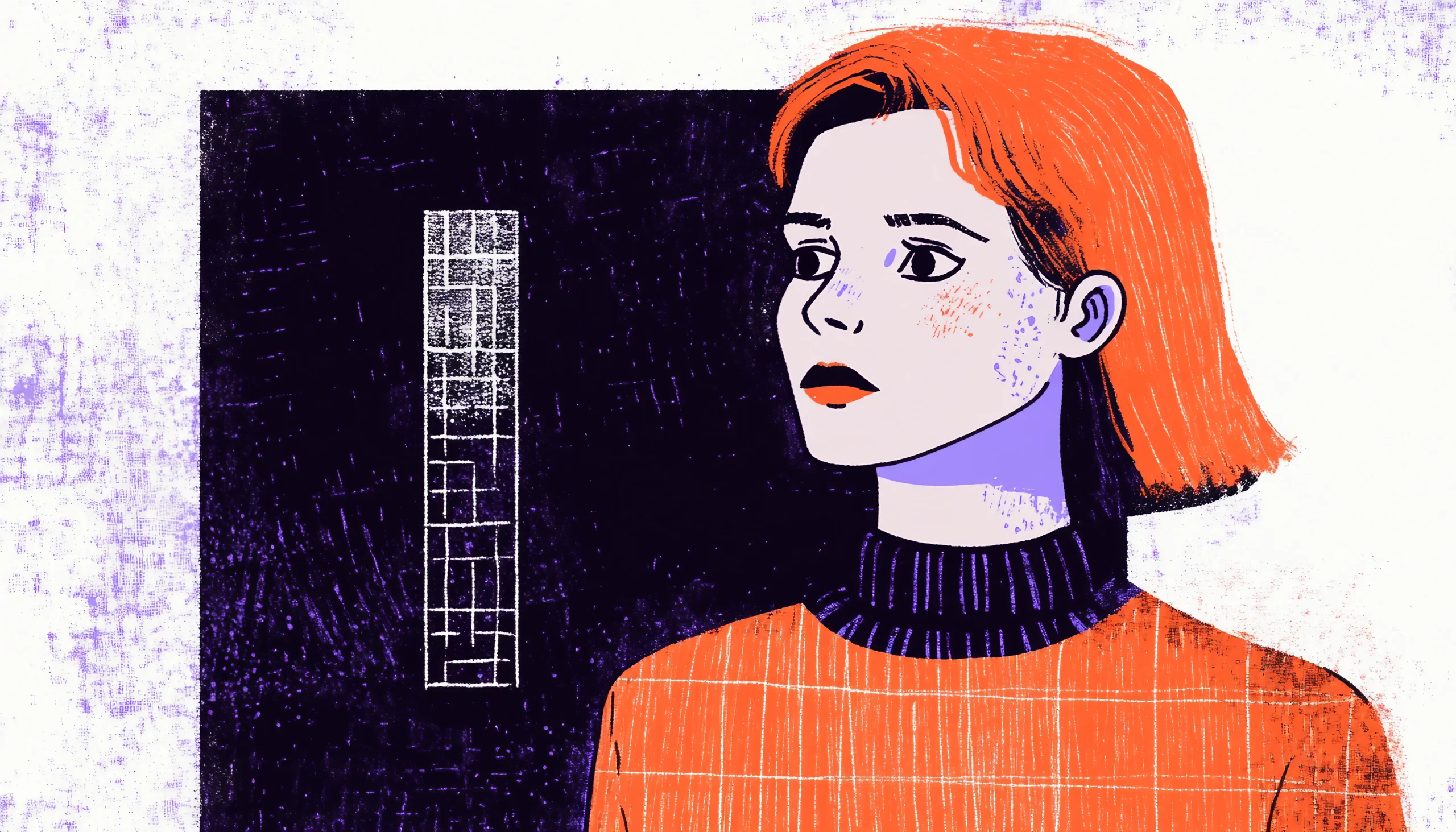Imagine crafting a product that delights users and solves real problems seamlessly. That’s the magic of user experience (UX) design, a dynamic and ever-evolving field that leans heavily on research. Understanding users’ needs, behaviors, and motivations is the cornerstone of creating products that truly resonate.
Imagine a time when product development was focused on a specific community or region. Fast forward to today, and the landscape has changed significantly. Research has always been integral to product development and design. In our interconnected world, products are no longer confined to a single community, population, or geographical location. They now have a global reach, often in unexpected ways. As products evolve and their goals or uses change, research becomes essential in identifying and making the necessary adjustments.
For example, a mobile app initially designed for urban commuters in New York might find unexpected popularity among rural users in India. Through diligent research, these shifts are discovered, allowing designers to adapt and cater to diverse user needs. Imagine the team behind this app: they initially focused on solving issues like finding the nearest subway station or avoiding traffic jams. However, when they noticed a spike in downloads from rural areas in India, they embarked on a new research journey.

Adapting to New User Insights and Overcoming Design Challenges
By conducting user interviews and surveys, they learned that rural users were repurposing the app to find local transport options and avoid long waits for buses. This insight was eye-opening. The design team recognized the potential to broaden the app’s core functionality to cater to a wider audience. They adapted the app to include features like bus schedules, local transport maps, and even ride-sharing options tailored to rural settings.
This adaptation process involved more than just adding new features. The team had to consider the unique challenges of rural areas, such as intermittent internet connectivity and lower smartphone penetration. They introduced offline functionalities and optimized the app to work seamlessly on lower-end devices. These adjustments not only improved the app’s usability for rural users but also opened up new markets and opportunities for growth.

The story doesn’t end there. As the app continued to evolve, the research revealed even more unexpected uses. For instance, farmers began using the app to coordinate transport for their produce, and school students relied on it to find safe and reliable ways to travel to and from their schools. Each new discovery led to further refinements and enhancements, driven by continuous user feedback and rigorous research.
This example highlights the power of UX research to identify and respond to changing user needs. It’s a dynamic, ongoing process that ensures products remain relevant, useful, and engaging across different contexts and user groups. By embracing this iterative approach, designers can create products that not only meet but exceed user expectations, no matter where they are or how they use the product.

Design research is necessary for many reasons:
Identifying user needs: Understanding what users genuinely require is critical for building meaningful experiences. Design research reveals these needs and enables designers to connect their work with consumer expectations. For example, while developing an app for a bank, a designer may uncover through interviews that people struggle to manage their funds, leading to the development of financial management within the banking app.
Reducing design risks: Potential design flaws can be recognized early through research, reducing the risk of costly redesigns and negative user feedback. A design team may see people failing to navigate a website, requiring revisions to the structure and organization of the site before launch.
Enhancing usability: Design research reveals how people interact with products, allowing us to maximize usability and accessibility for a wide range of user profiles. A designer, for example, can detect and address accessibility concerns by testing a prototype with visually impaired people, resulting in a more inclusive experience.
Driving innovation: Design researchers can find chances for innovation and create unique solutions that stand out in the market by researching user behavior. Analyzing user data from a fitness app may suggest that users want more personalized workout recommendations, which may inspire the development of a new AI-powered feature.
Incorporating research into the UX design process is like adding secret ingredients to a recipe—it elevates the final product to something exceptional. By understanding users’ needs, behaviors, and motivations, designers can create solutions that truly resonate. As the field of UX continues to grow and evolve, the importance of research will only increase, solidifying its place as a vital component of successful product development.








